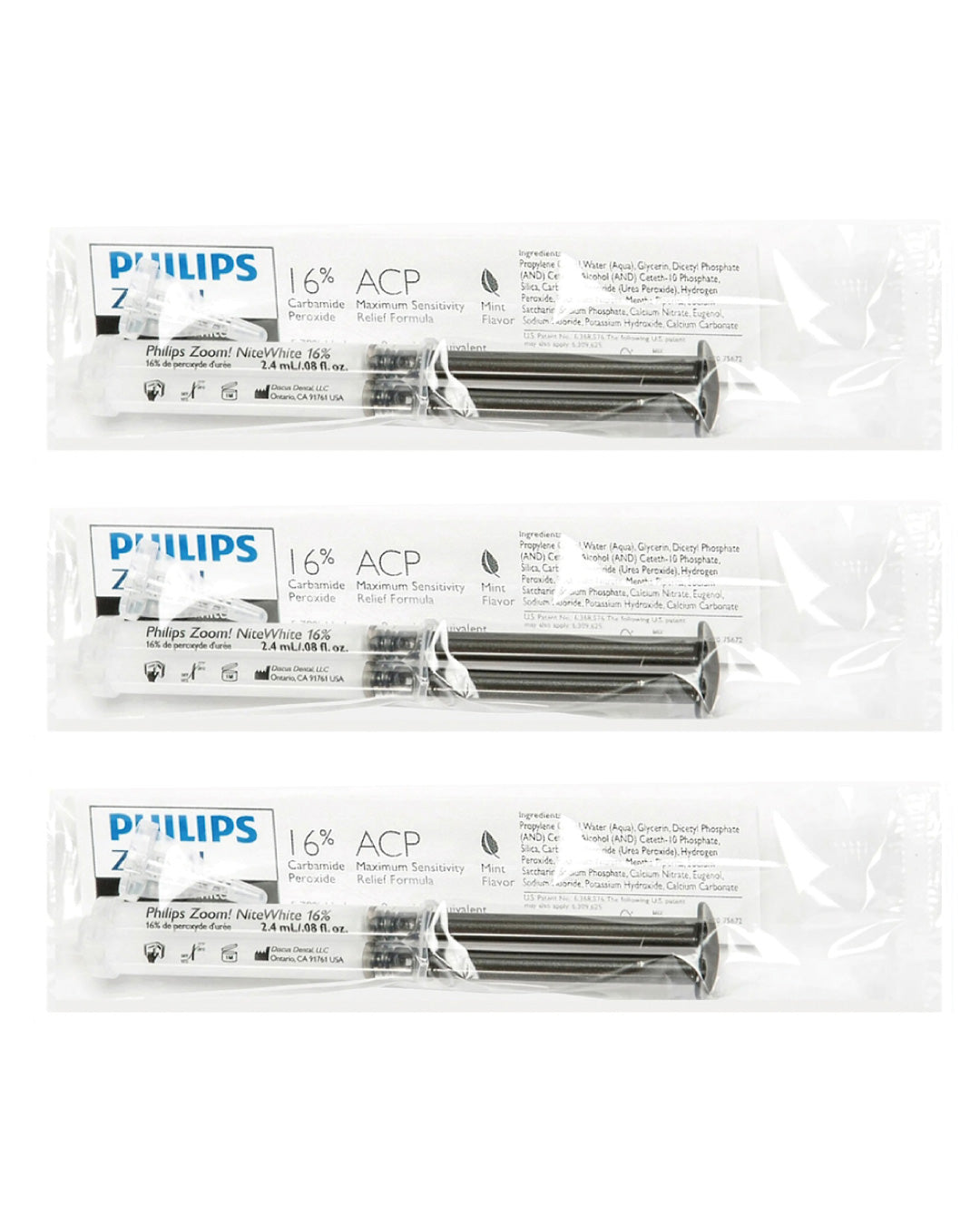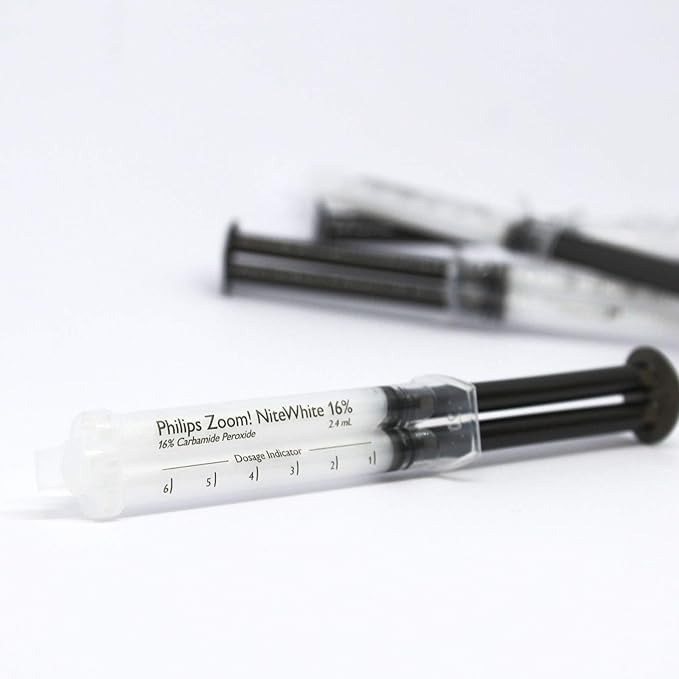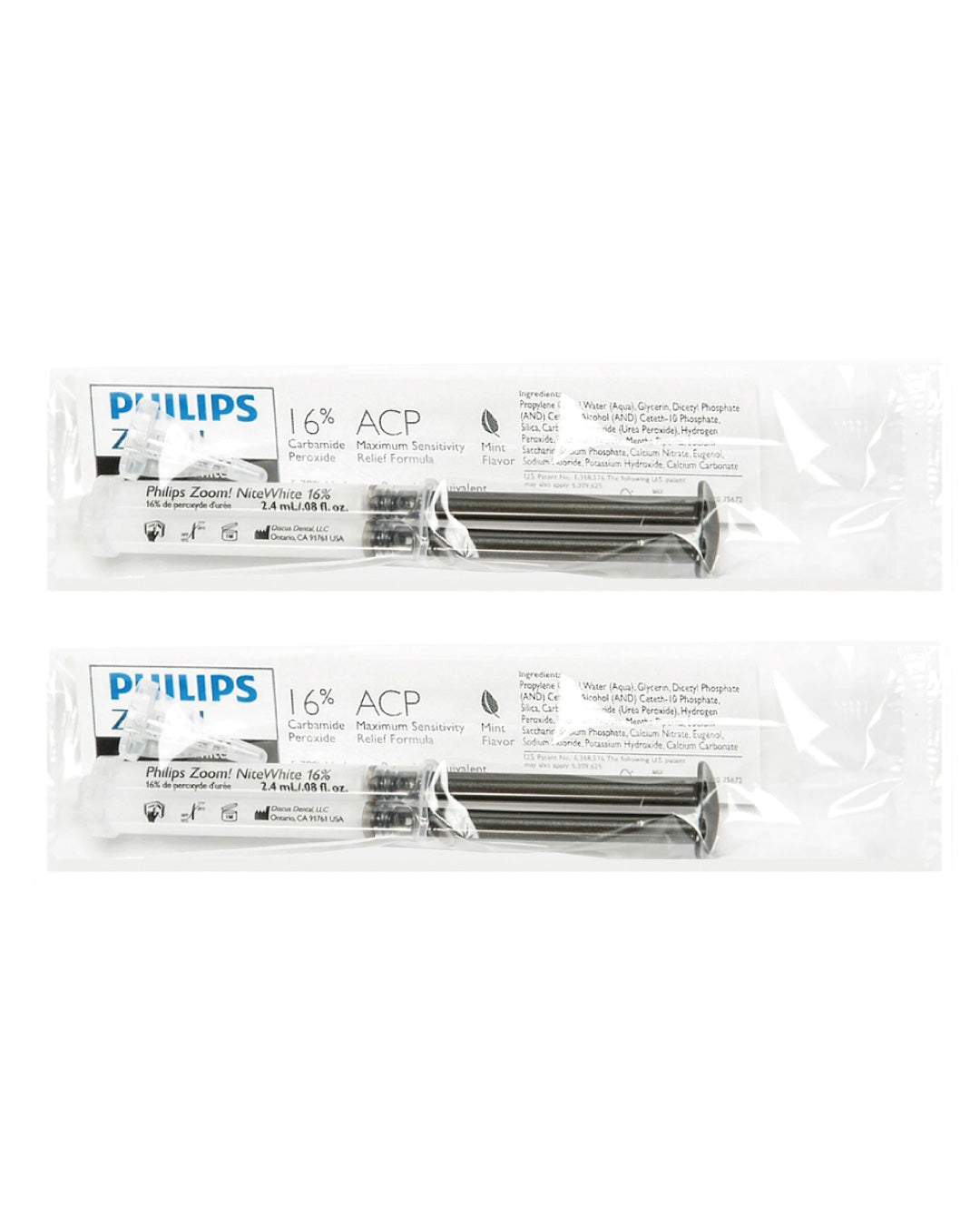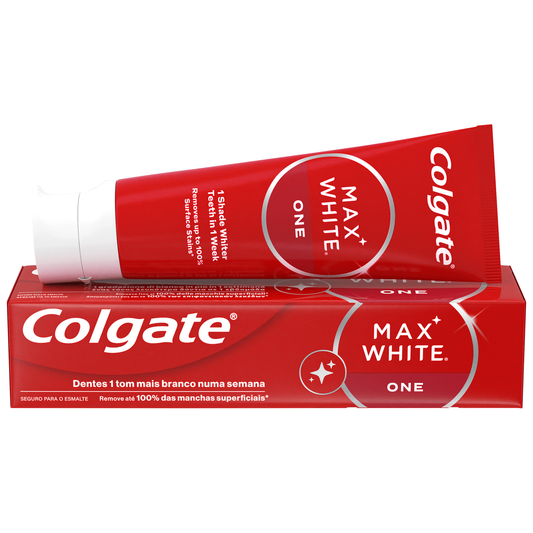Teeth whitening with professional results

Throughout history, a smile has been a powerful calling card, reflecting the importance of dental care. It is synonymous with self-confidence, friendliness and health. White teeth add a natural glow to any expression and, these days, they are not just reserved for celebrities or those who regularly visit beauty clinics. Today, it is possible to achieve professional teeth whitening results in the comfort of your own home, using products such as whitening gel and renowned brands such asOpalescence , Philips Zoom and POLA . But how does this process actually work? What precautions should you take? And which products really guarantee effectiveness and safety?
The evolution of teeth whitening
For decades, teeth whitening and other cosmetic treatments were largely confined to dental practices. The procedure was seen as a luxury or extravagance, and home-use products often produced modest, sometimes disappointing results. However, technology in this area has evolved significantly. What was once exclusive to dental practices can now be performed with scientific rigor and maximum effectiveness — always under the supervision and supervision of your dentist.
What is behind bleaching?
Teeth whitening is based, in its most general form, on the use of bleaching agents—hydrogen peroxide or carbamide—present in various whitening products that act by penetrating the enamel and breaking down the molecules responsible for stains. The process is generally safe and effective, as long as it is followed correctly and with professional guidance, although some people may experience temporary tooth sensitivity.
It is worth distinguishing three main types of teeth whitening to achieve that desired white smile:
- In the office, done by professionals with high concentrations of whitening agents;
- Mixed, started in the office and continued at home;
- Completely at home, under prescription and guidance.
Each method is suitable for different situations and lifestyles. The important thing is not to fall into the temptation of shortcuts promoted by influencers or by the free sale of products of dubious origin.
Professional products at the service of the user
Brands such as Opalescence, Philips Zoom and POLA have achieved global recognition precisely by developing solutions adapted to clinical needs and the demands of professionals. Recently, some of these solutions have made the leap from clinics to home use. These include elaborate kits with safe concentrations of active ingredients and clear instructions.
A quick look at the main brands helps you understand the nuances:
| Mark | Active Agent | Available Formats | Usual concentrations | Main advantages |
|---|---|---|---|---|
| Opalescence | Carbamide peroxide | Gel, tapes, syringes | 10%, 16%, 20% | Long-lasting action, pleasant taste, variety of options |
| Philips Zoom | Hydrogen peroxide | Gel, syringes | 6%, 10%, 14% | Fast results, good clinical reputation |
| POLA | Carbamide peroxide | Gel, syringes, tapes | 10%, 16% | Lower sensitivity, short and long-term solutions |
These are reliable products that, in the vast majority of cases, are recommended and provided by the clinics themselves, and are used at home under supervision, thus minimizing risks such as tooth sensitivity.
Advantages of whitening your teeth at home
The convenience of teeth whitening is one of its most appealing aspects. Fitting the treatment into your routine is especially valuable for those who have busy schedules or feel uncomfortable visiting the dentist. In addition, it allows for a personalized adjustment to each person's tooth sensitivity and the base color of their teeth.
Other benefits to consider when whitening teeth:
- Scalable treatments, adapting the time until the desired tone is achieved;
- Daily progress monitoring;
- Lower cost than the 100% in-office procedure;
- Total discretion, promoting self-confidence throughout the process, reflected in your white smile .
However, it is important to pay attention to maintaining the results and taking parallel care, such as oral hygiene, dental care and avoiding pigmented foods or drinks.
Essential steps for safe and effective whitening
Safety always comes first when using teeth whitening products. It is not enough to simply buy the latest trendy kit online. It is essential to contact your dentist beforehand. This is the only way to identify any contraindications — such as cavities, gingivitis or old fillings — that could compromise both the effectiveness and safety of the whitening process.
As a guide, the typical process involves:
- Preliminary consultation: Assessment of the condition of the teeth and gums and identification of the most appropriate method.
- Carrying out a professional cleaning, removing tartar and surface stains.
- Selection of the appropriate kit and concentration, adapting to the sensitivity and objective of each patient.
- Custom gutter molding (when the method requires it), ensuring maximum comfort and effectiveness.
- Start treatment at home, using whitening gel, with regular monitoring.
This cycle reinforces the importance of viewing teeth whitening, as well as any aesthetic treatment, as a step in overall oral health, and not as a simple cosmetic gesture.
Myths and truths about teeth whitening
There is still a lot of misinformation on this topic. It is common to hear statements that cause confusion and, in more serious cases, practices that are harmful to oral health. Some of the unfounded beliefs include:
- Whitening weakens teeth: With quality products, prescribed and monitored by professionals, there is no reason for such fear.
- It only affects the surface layer: Whitening agents penetrate the enamel and act on the internal molecules, without compromising the tooth structure.
- Causes acute pain: There may be some temporary increase in sensitivity, but this situation is usually temporary and controllable.
- Only works on completely healthy teeth: The treatment can be adjusted to different clinical situations, although it must be preceded by an individual assessment.
- Can be used regularly without limits: Even professional products require rest periods and should never be used compulsively.
Avoiding homemade recipes, such as activated charcoal, lemon or bicarbonate, is also a valuable tip — the risk of abrasion and sensitivity is high and, in the long term, can irreversibly damage the enamel.
Nutrition and care during whitening
During this period, paying attention to your diet really makes a difference. Your teeth are temporarily more sensitive and permeable to pigments. Here are some suggestions to maximize your results:
- Avoid coffee, black tea, red wine and dark soft drinks;
- Reduce consumption of wild berries and soy or tomato sauces;
- Prefer water, white tea, milk and foods that are more neutral in color;
- Maintain gentle brushing, with fluoride toothpaste and dental floss.
Another crucial aspect is to avoid smoking, one of the most common causes of persistent stains, which also significantly reduces the longevity of the results of any teeth whitening treatment.
Sensitivity: the factor that scares (but can be controlled)
Many patients are concerned about the risk of tooth sensitivity, a fear fueled mainly by negative experiences with less-than-recommended methods. However, brands such as Opalescence and POLA include formulas with desensitizing agents, as well as concentrations adjusted to individual tolerance. There are also specific post-whitening gels, recommended by dentists, which quickly alleviate any possible discomfort.
In most cases, small adaptations — reducing exposure time, spacing out applications or using a gentle brush and paste — are enough to overcome phases of greater sensitivity without sacrificing results.
Results and durability: realistic expectations
Results vary from person to person. The original color of your teeth, your history of pigmentation, your oral hygiene routine and even genetic factors all influence the final shade. Usually, one or two weeks are enough to see visible improvements. Recommended brand products ensure a significant difference, but it is essential to align expectations: natural teeth are never completely white like ceramic, but they come close to a brighter, younger and healthier appearance.
The duration depends on the routines adopted after the treatment. Good oral hygiene, combined with limiting pigmented foods, can extend the positive effects for months or even years. Teeth whitening maintenance sessions, spaced out appropriately, may be recommended by the dentist, especially for smokers or those with a greater tendency to pigmentation.
The role of the dentist remains central
Even with all the advances and the wide range of home teeth whitening kits, guidance from a dentist, often available in an outpatient clinic, is essential. It is the dentist who can detect any conditions that may be preventing the procedure and who can personalize the treatment according to the specificities of each mouth.
Ultimately, home teeth whitening with top-rated products only makes sense when seen as an investment in health, well-being and self-esteem. Care, routines and reliable products are the keys to a smile that radiates confidence, far beyond the color of your teeth.












